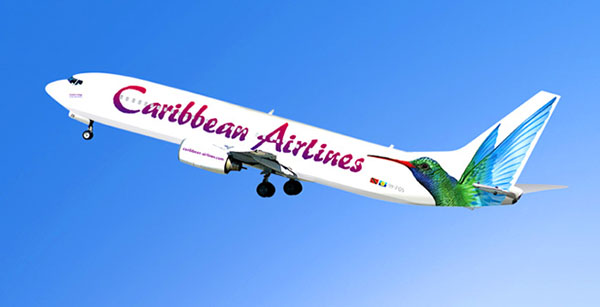By Peter Richards
CMC Caribbean Correspondent
BASSETERRE, St. Kitts CMC — A study on air transportation in the Caribbean is recommending a major re-think of the regional airline industry and the establishment of a CARICOM Airlines Association to identify opportunities to reduce costs, create greater synergies and earn more revenue.
The study, commissioned by the Barbados-based Caribbean Development Bank (CDB), is also proposing the creation of an Air Transport Reform Authority to address longer-term strategic issues at the regional level.
“As a broad framework of analysis, I think the authors of the report have done a fairly good job,” said St. Vincent and the Grenadines Prime Minister, Dr. Ralph Gonsalves.
He told the Caribbean Media Corporation (CMC) that there was need for more clarification on the proposed Air Transport Reform Authority because “it falls neither within the regulatory category, where you have CASUS that is doing a coordinating work among all regulatory bodies and then the issue in relation to laying out authoritative guidelines for airlines where those airlines have their own shareholders; you can’t do it in that authoritative manner.
“That’s why I am suggesting that body will have to be more an advisory one, but you already have the CARICOM Transportation Commission, so that this work can feed into that for us to get certain kinds of policy results, including finalising a multi-lateral air services agreement for this new period over the one which has been signed in the late 1990’s,” said Gonsalves, who has responsibility for Aviation in the quasi-Cabinet of CARICOM leaders.
The study, entitled “Making Air Transport Work Better for the Caribbean” was presented during the 45th CDB Board of Governors meeting that ends here, last week Thursday.
Among the main recommendations is for greater co-operation among regional governments and carriers and with other foreign airlines and a harmonising of administrative and regulatory policy and operations.
The study looked at the history and present make-up of the regional air transportation industry and, in particular, the performance of the state-owned airlines including the Trinidad-owned Caribbean Airlines, the Antigua-based regional airline, LIAT, Suriname Airways, Bahamasair and Cayman Airways.
The study covers all 15 members of the regional integration grouping as well as Anguilla, the British Virgin Islands and the Cayman Islands, and was carried out between the last quarter of 2014 and March this year.
It was undertaken against the background of airlines continuing to suffer losses and shareholder governments, already under tight budgetary constraints, having to provide subsidies.
It found that regional airlines were consistently recording losses with the aggregate of accumulated deficits for Caribbean Airlines (CAL), LIAT and Bahamas Air (BA) estimated at one billion US dollars.
Specifically, the study recommended a double-pronged approach if a turnaround is to be achieved.
The first is for the airlines to set up a ‘quick wins” CARICOM-centric Airlines Association to share best practice and identify cost reduction and revenue enhancement opportunities that could be pursued jointly.
The second is the establishment of a high-level Air Transport Reform Authority to address the longer-term structural, institutional and industrial barriers. The Authority would consist of proven aviation professionals, accountable to the region’s taxpayers.
The aim of the new aviation policy would be to craft a safe, efficient and reliable regional air transport sector, which operates at a reasonable cost level, is compliant with international safety norms and standards, and follows global industry best practices as much as possible.
The Authority would also review the aviation network and connectivity needs of the region as a whole, with a view to integrating network schedules using all the available assets — including the smaller aircraft of the third tier carriers.
The study cited a number of reasons for continuing losses within the regional airline industry including market share; operational costs; fuel costs; inadequate Information and Communications Technology (ICT) systems as well as industrial relations issues.
It also noted competition from foreign airlines which serve the region; high taxes and charges compared to basic fares.
Regarding the use of hubs, the study recommended the greater use of hubbing to lower unit costs and increase connectivity, indicating that there was no shortage of airports in terms of numbers, but there were clear limitations in relation to the ability of airports across the region to handle larger aircraft and/or to handle more frequent take-offs and landings.
The creation of hub or mini-hub operations has been limited due either to lack of connecting potential or, in cases where there has been connecting potential, incumbent airlines have not shown the inclination to create consistent inter-lining activity to increase the number of transit passengers, the study noted.
 Pride News Canada's Leader In African Canadian & Caribbean News, Views & Lifestyle
Pride News Canada's Leader In African Canadian & Caribbean News, Views & Lifestyle





